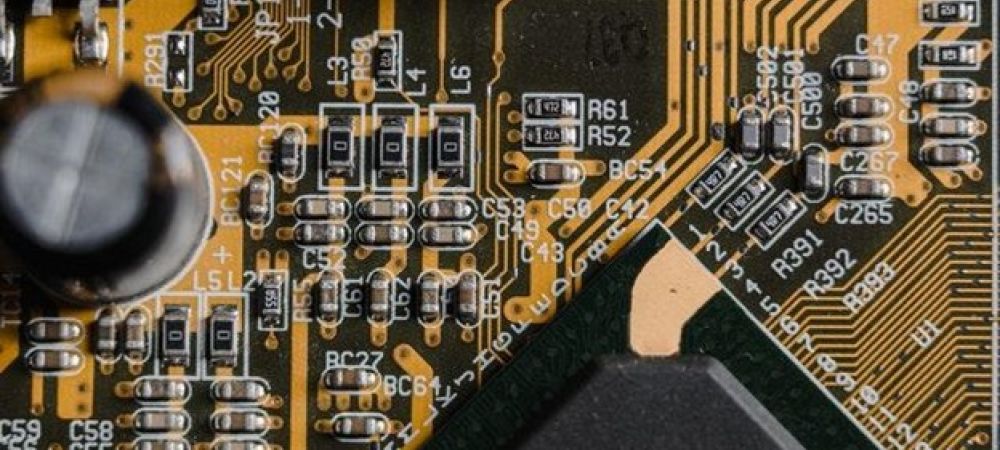
The Benefits of PCB Third-party Contract Manufacturing
Printed circuit boards (PCBs) are essential components in nearly all electronics, including smartphones, laptops, medical devices, LEDs, manufacturing equipment, and automotive parts. Every day, we use PCBs without knowing it. If the PCB doesn’t work, the product doesn’t work, and the consumer ends up frustrated. This is why it’s imperative for PCBs to function properly.
Some companies try to build their own PCBs, but unless they specialize in PCB design and fabrication, it usually ends up…

PCB Design Considerations for High Speed Digital Circuits
Advanced thought is required to build high-speed circuitry. Without a proactive approach, it will be extremely difficult to get the speeds you’re looking for. High-speed PCB design focuses on creating circuit boards that are less vulnerable to signal integrity, power integrity, and EMI/EMC problems.
While no design is ever completely free of these issues, there are things PCB designers do to reduce them to an unnoticeable degree. This way, they won’t cause problems in the final product. Bel…

Top 5 Things to Know when Designing a PCB
Building a printed circuit board (PCB) is a complicated task. These boards have a lot of associations between layers, components, and circuitry and they must all be properly handled. Otherwise, the PCB may not function correctly. Fortunately, there are simple practices that PCB designers follow to make the process more accurate, manageable, and efficient.
Below are the top five considerations that PCB manufacturers keep in mind when designing a printed circuit board.
1. Component Placeme…

What are Stitching Vias in Printed Circuit Boards?
Stitching vias, also known as via stitching, are a design practice where a series of vias are strategically placed around the perimeter of a ground plane or a signal trace on a PCB. These vias connect the top and bottom layers of the board, creating a continuous conductive path.
The purpose of stitching vias is to enhance the electrical and thermal conductivity of the PCB and to improve signal integrity and reliability, especially in high-frequency and high-speed applications. Let’s learn m…

Copper Thieving in Printed Circuit Boards
Printed circuit boards (PCBs) serve as the backbone of modern electronic devices, connecting various components and ensuring their seamless operation. To optimize the performance and reliability of PCBs, engineers employ various design techniques. One such technique, often used in high-frequency and high-speed applications, is copper thieving.
Let’s explore what copper thieving is, why it’s important and how it significantly impacts the functionality of electronic devices.
Understanding…
CALL FOR A QUOTE
(510) 580-8500
OR EMAIL:
Sales@Sonicmfg.com
